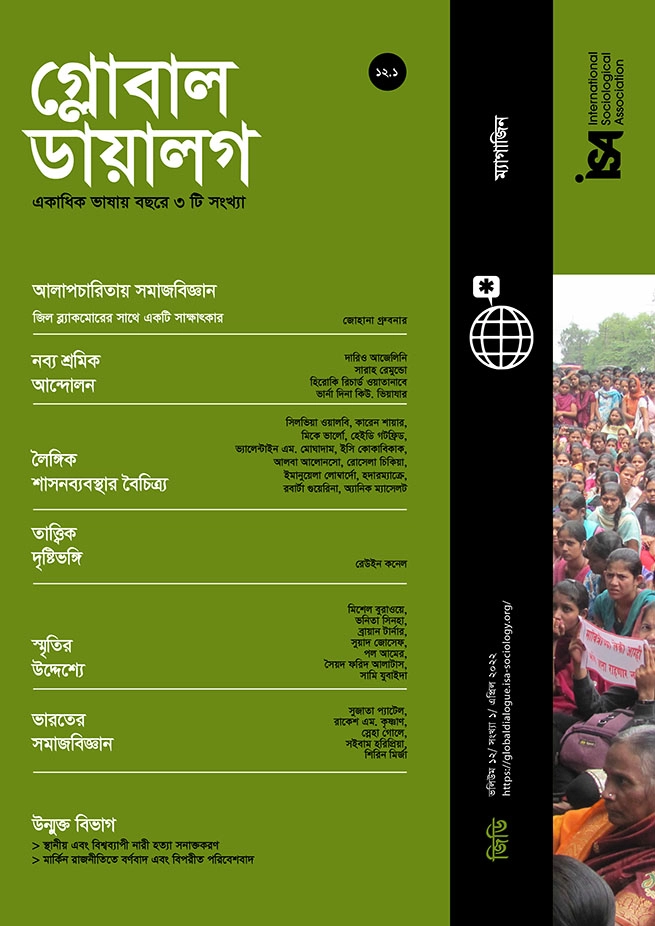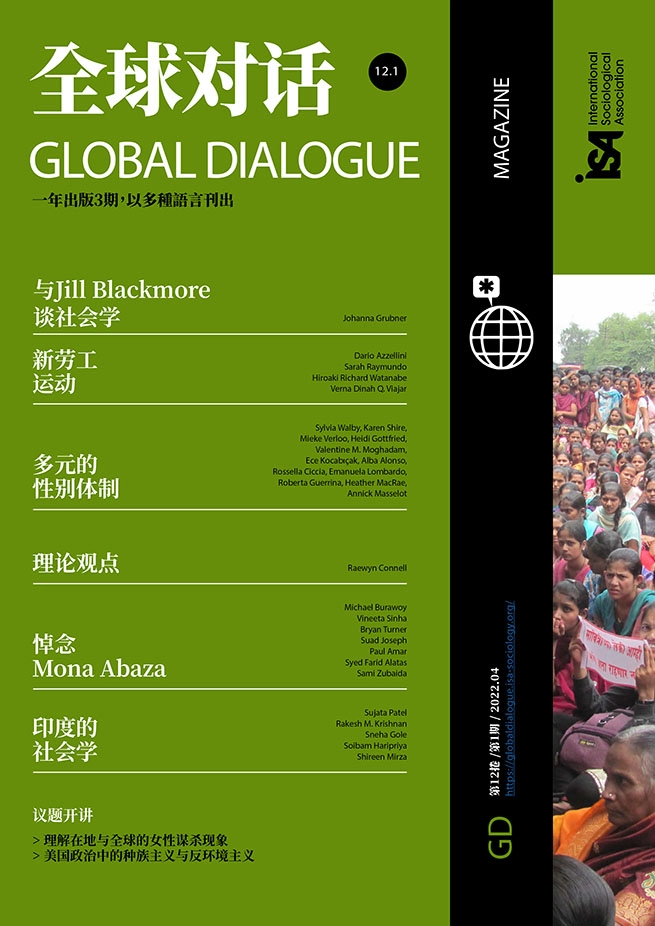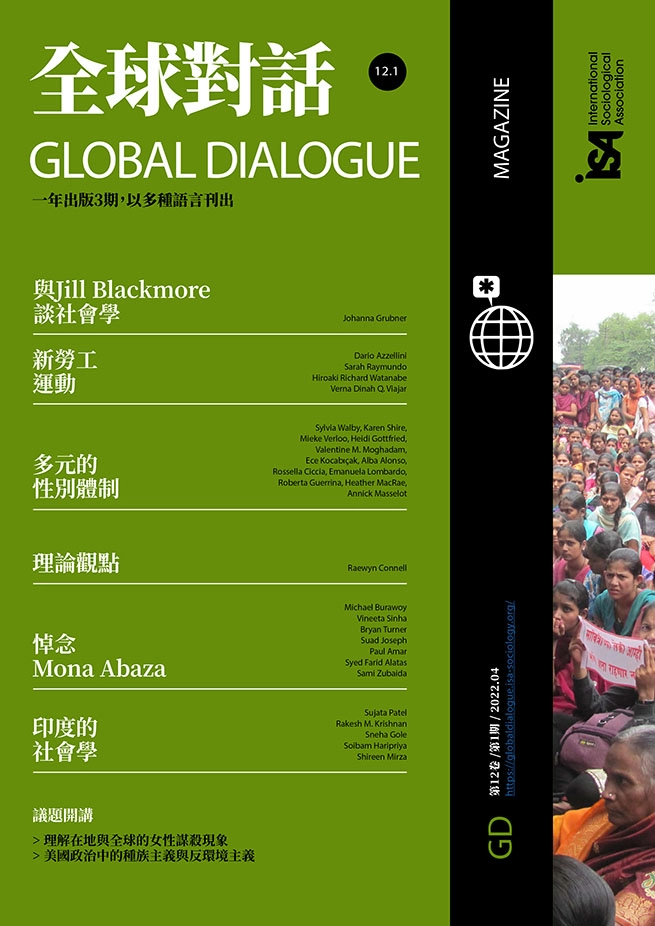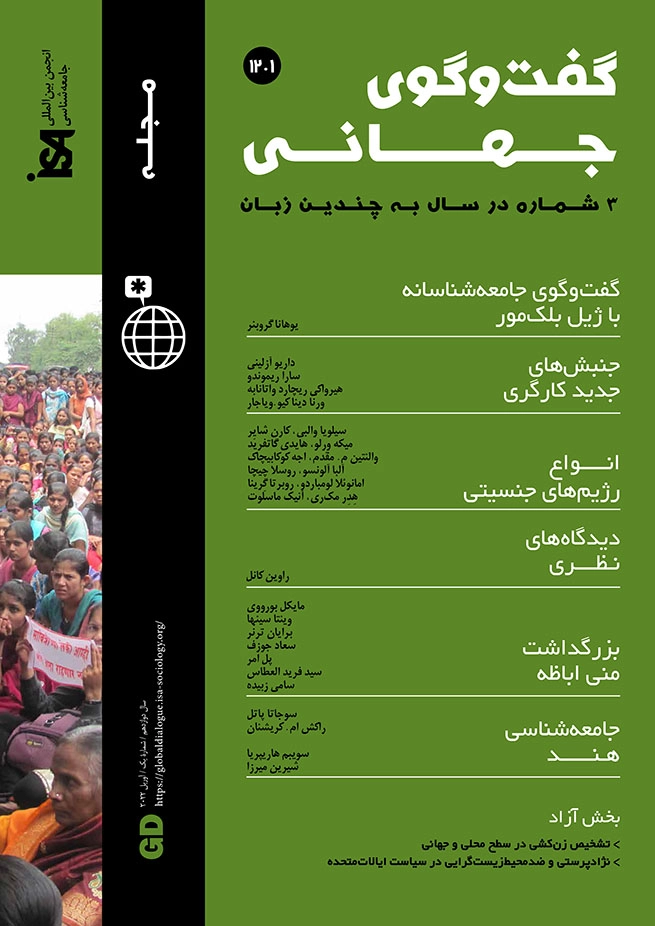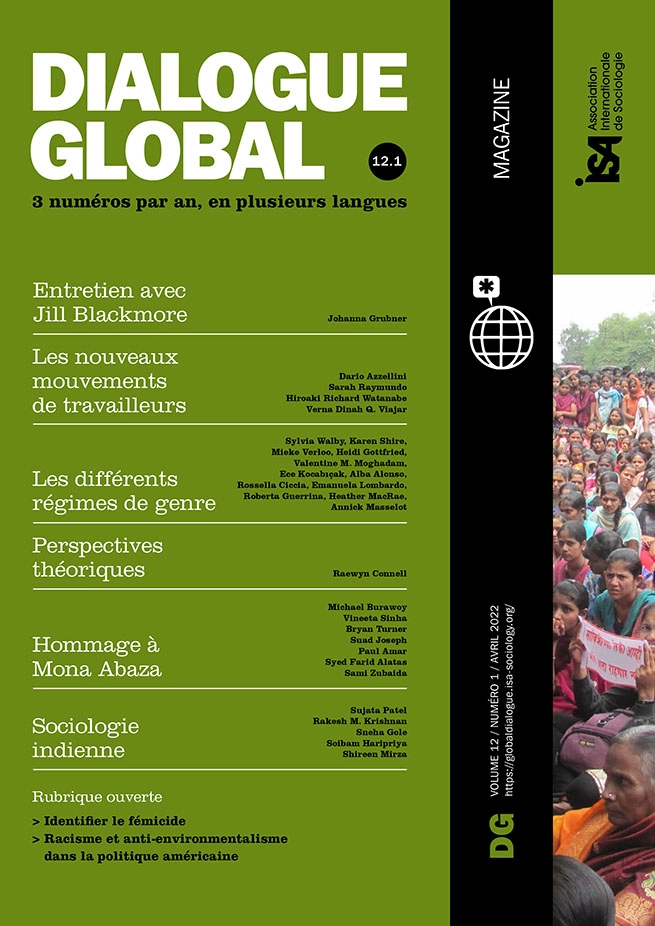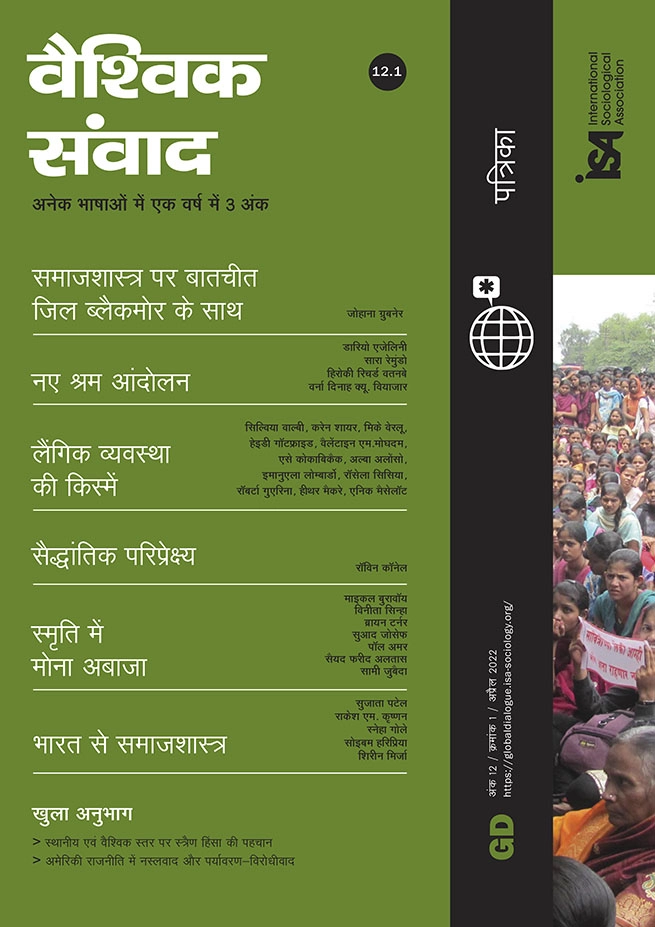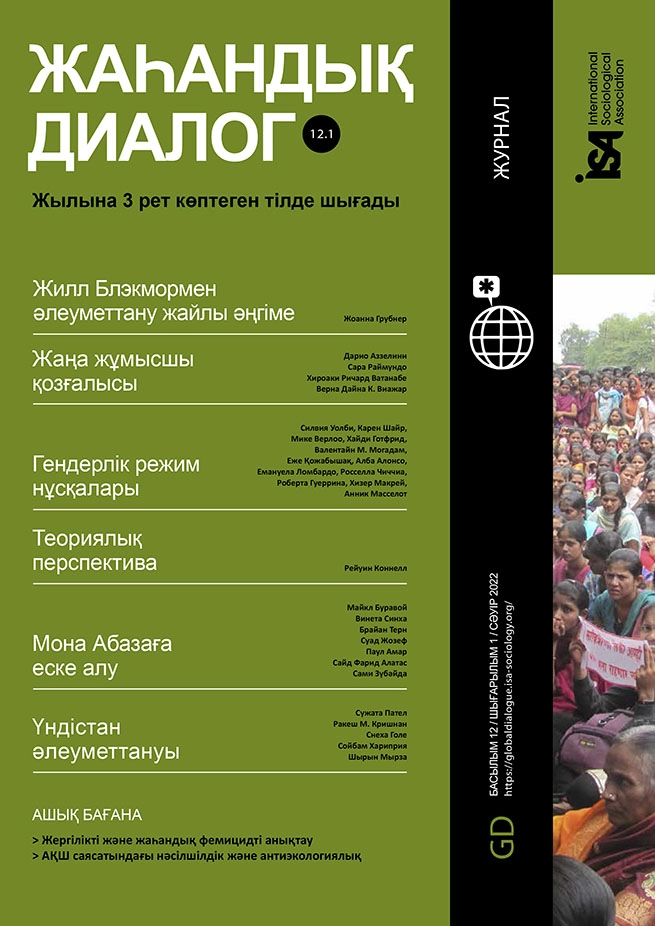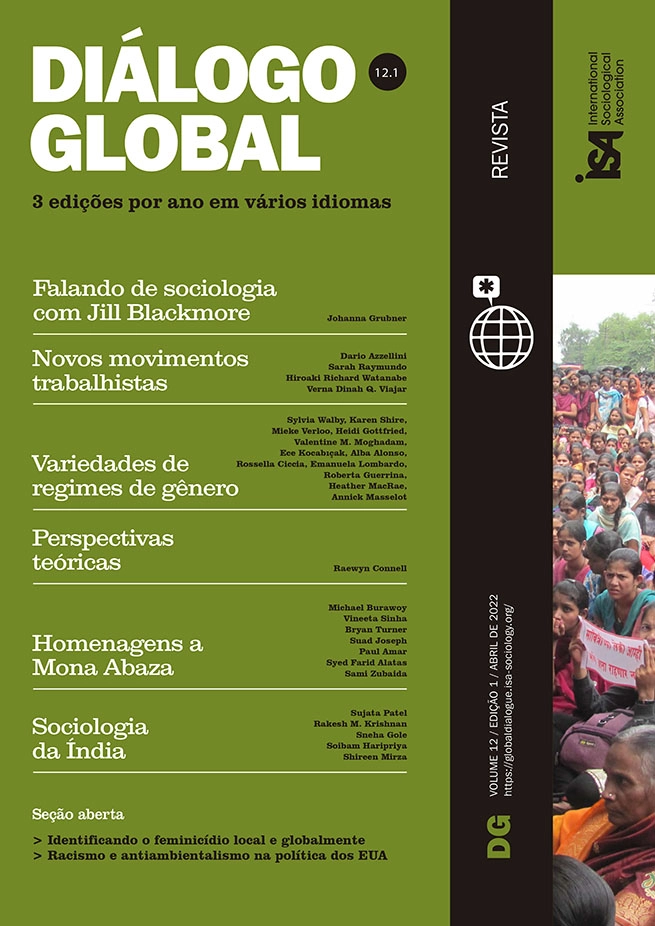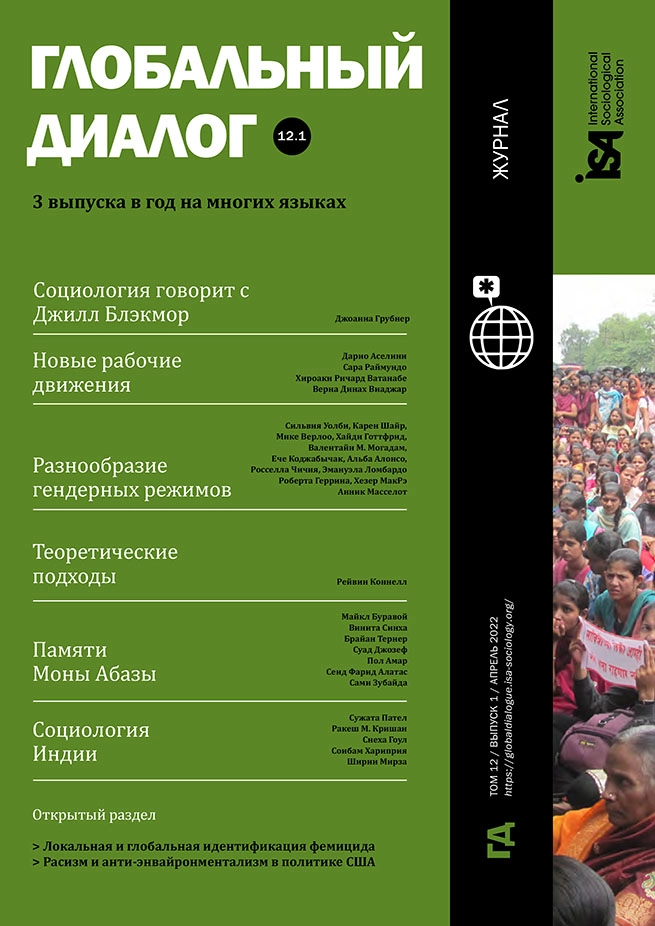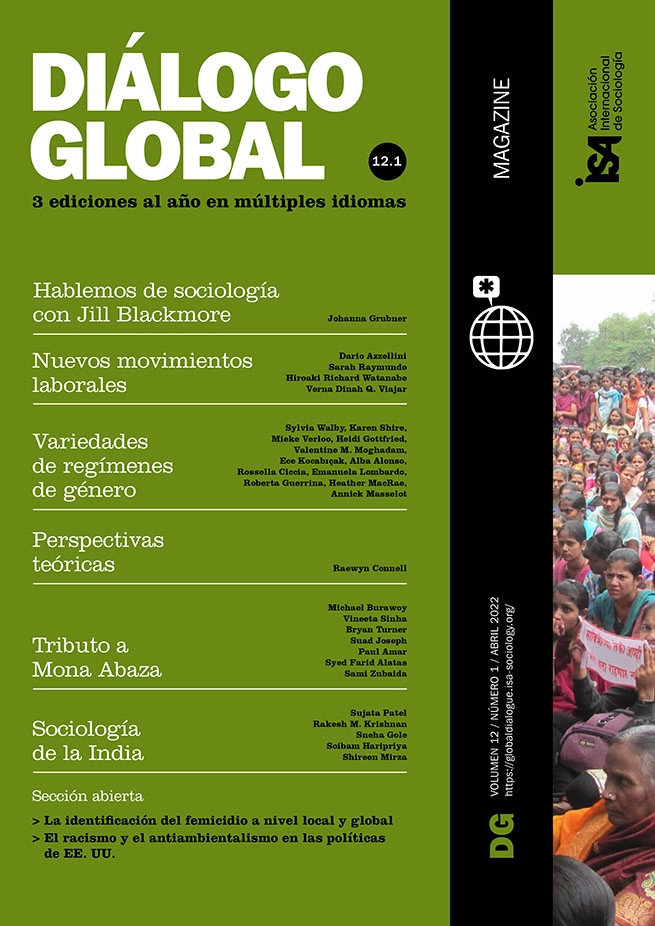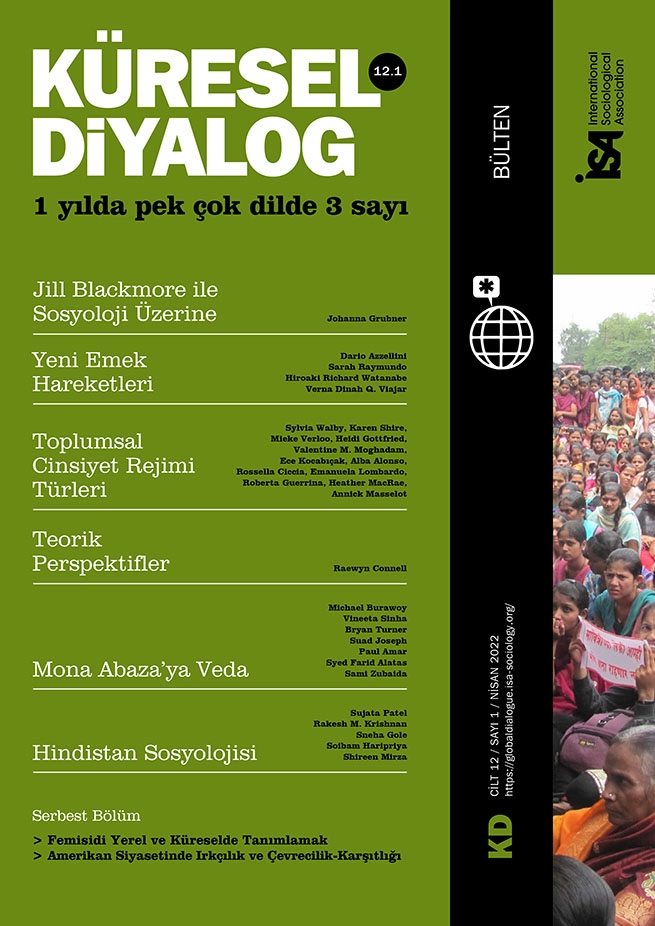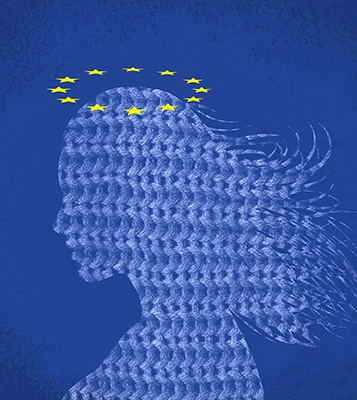2020 will be remembered as the year that the world slowed down. For many commentators, the spread of COVID-19 threw into disarray established social, political, and economic certainties and the norms that guided the global political economy. Others saw this crisis as an opportunity to reflect on our impact on the planet and the interconnected nature of socio-political structures. For the EU, already rattled by various other crises, the pandemic represents an existential dilemma: is this the crisis that opens the gates to disintegration, or is it an opportunity to envisage a new and more inclusive Union? More pointedly for our analysis, what is the role of the EU as a gender actor post-pandemic? And, what is future of the EU’s gender?
The gendered and racialized impact of crises within the EU’s borders, as well as the EU’s role as a gender actor and its strategic deployment of equality discourse by the institutions have been well documented. The impact of the current polycrisis, i.e. the process whereby multiple and overlapping crises merge into a “state of being,” on the EU’s gender regime underscores a critical juncture, perhaps more significant than those that have gone before. For Sylvia Walby, under the pressure of these multiple crises, the EU’s gender regime is moving from social democratic to a more neoliberal public gender regime in some respects, though with counter tendencies in others. In terms of our analysis, this polycrisis represents a test of the EU’s values and identity, especially in relation to the EU’s ascribed role as a gender actor within its own boundaries as well as for its external partners and neighbours.
A long history of crisis
The story of European integration is one of crisis. These crises and their post-crisis settlements are typically mythologized as having opened economic opportunities and created new political spaces. As EU scholars we learnt that the project of European integration has its roots in the complex geopolitical dynamics of twentieth-century Europe; like a phoenix rising from the ashes of war-torn Europe, the EU has helped to secure peace on the continent for the best part of 70 years. This is of course a partial history. It overlooks the failures of the European Union to deal with the conflict in the Balkans as well as the impact of the single market on the weaker economies of the bloc. Also, adopting an intersectional feminist lens reveals that such opportunities are not equally accessible to everyone. Rather, successive crises have sidelined further key concerns about social justice and equality.
COVID-19 is only the latest in a series of crises. Perhaps more pointedly than previous crises, the global pandemic has highlighted gendered and racialized divisions of labor in the private sphere, as well as in the formal economy. Understanding the focus of the post-COVID recovery plan allows us to assess key priorities and the vision for the future of the economy and the gender regime. The question here for us is whether the balance of changes in the gender regime as outlined by Walby is towards a less democratic regime, or whether it opens a space for imagining a more inclusive future. The post-2020 settlement thus must be understood within the historical context of the polycrisis, defined by the 2008 Euro crisis (and associated politics of austerity), the ongoing humanitarian crisis in the Mediterranean and the ever-more dangerous migration routes, and finally Brexit and the rise of anti-European populist movements across the continent.
The gender regime under COVID-19
During the first stage of the COVID-19 crisis, the focus was on a pan-European response and the resilience of national health services. Health care workers, doctors, and nurses, were described as heroes for doing work under strenuous circumstances in what was branded the new frontline in the fight against the virus. During this phase, public health became securitized. As many families reorganized work and life to be conducted from home, the burden of schooling and caring fell largely on women/mothers. Indeed, women continue to provide most of the unpaid, invisible, yet essential care which supports the entire economy. The pan-European trend was thus towards an increasingly private gender regime which reaffirmed a traditional gender division of labor.
Public health measures aimed at preventing the spread of COVID-19 thus highlighted one of the most fundamental failings of the equality model embedded in a neoliberal gender regime. Focusing on access to the labor market and activation of women with school-age children has done very little to challenge deeply rooted gender divisions of care work in households. This crisis, more so than previous ones, has highlighted the crucial role played by women in the economy as well as the continued importance of social reproduction to the functioning of the formal economy. Many of the key workers “fighting the virus on the frontlines” as cleaners, nurses, carers, and doctors are women. In many ways, policy responses to COVID-19 have highlighted the longevity of the values associated with the male breadwinner model. The irony is that the work that sustained European society during the global pandemic was the kind of under-valued, disrespected work done by women, which is so easily ignored and rendered invisible in the official accounting of the economy, and by extension the EU’s gender regime. The adoption of the EU Work-Life Balance Directive in 2019 seems to have done little to mitigate the negative impact of the double burden on carers during the global pandemic. However, it is a platform for the emergence of an “EU care policy” to be included in the EU post-Covid Recovery Plan.
What will be the impact of the polycrisis on the EU’s gender regime? The European Commission’s Recovery Plan is an opportunity to think about the kind of organization the EU is going to be. This vision includes a clear ambition, with an equally ambitious budget, to support a “just transition” and recovery. The question that remains unanswered concerns the impact of this investment on the EU’s gender regime and its constituent domains.
Roberta Guerrina, University of Bristol, UK, <roberta.guerrina@bristol.ac.uk>
Heather MacRae, York University, Canada
Annick Masselot, University of Canterbury, New Zealand








